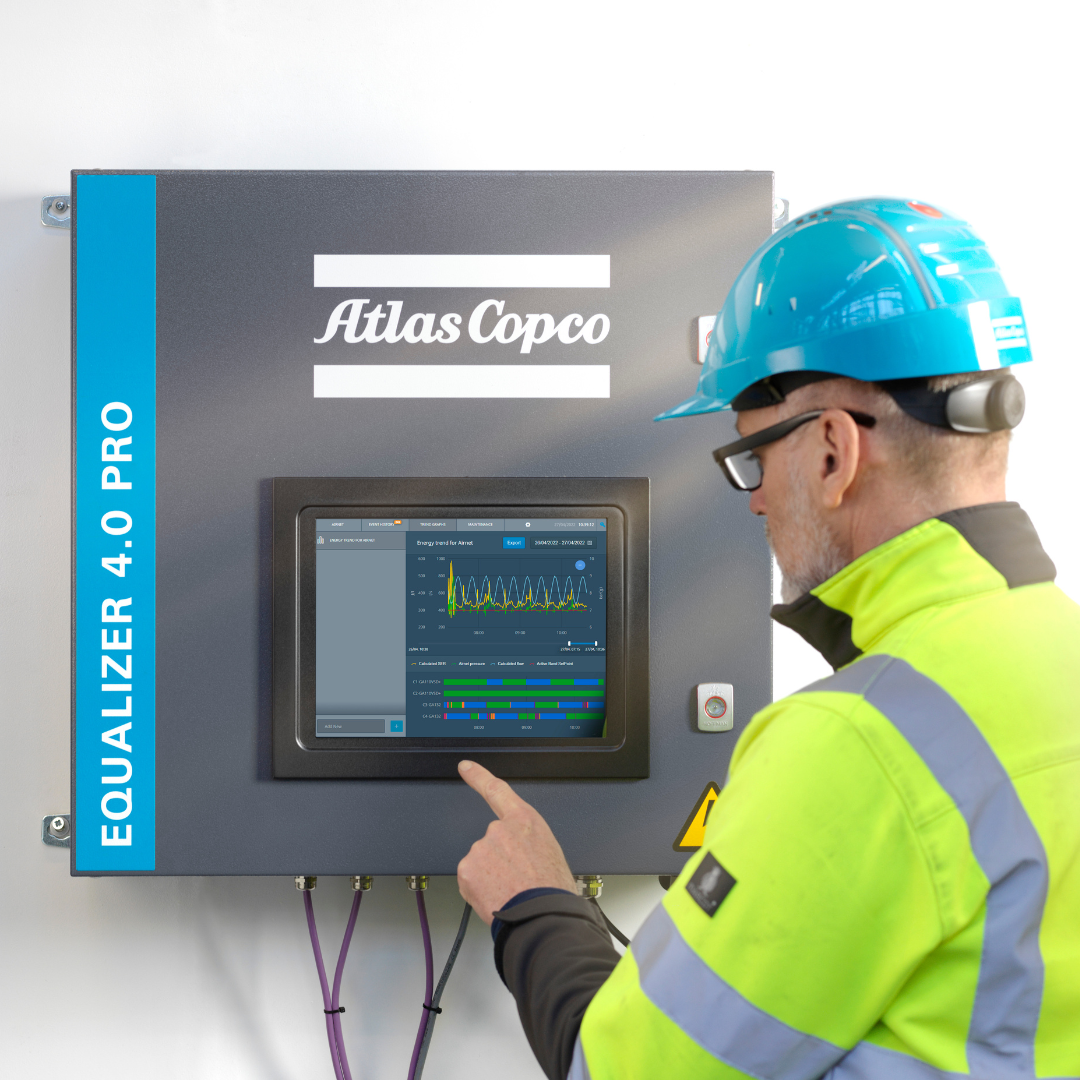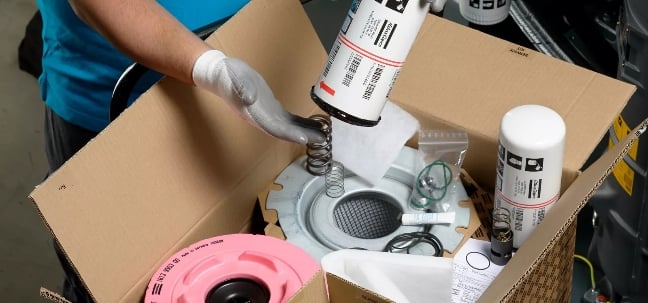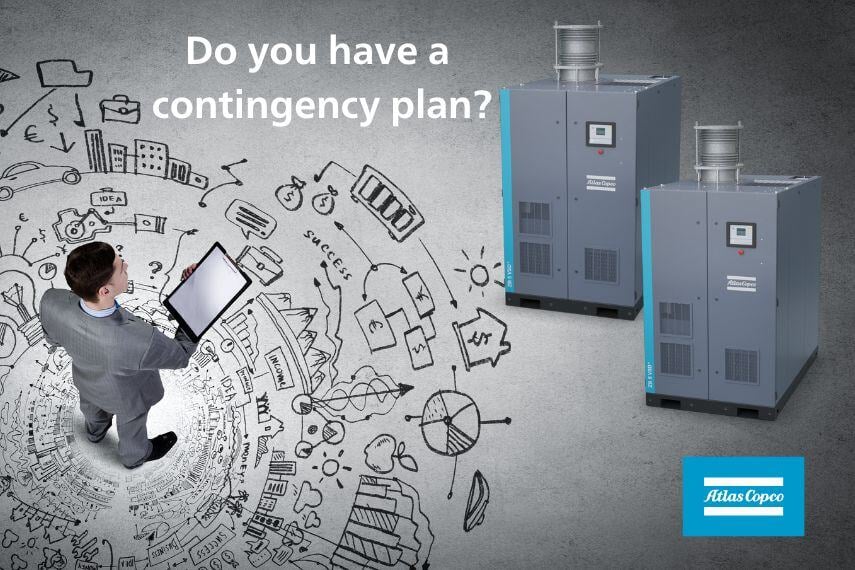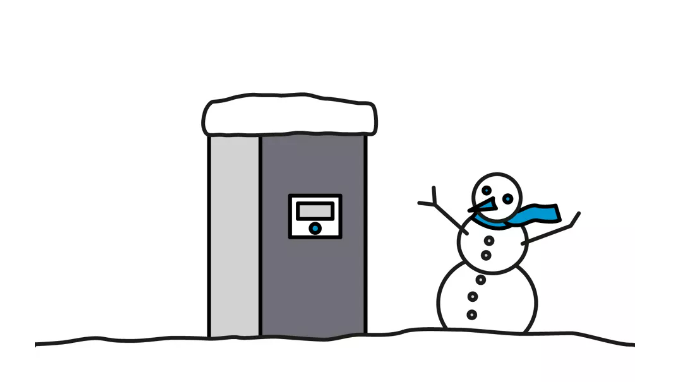Rotary Screw: Rotary screw air compressors use rotary-type, circular movement to compress the air. Capable of running continuously – they don’t need to be shut on and off -- these are one of the most popular types of compressors in many industries.
- Air comes in through the inlet valve and gets funneled through twin helical screws, known as rotors, that pressurize the air. As the screws turn, the volume decreases and air pressure increases.
- Rotary screw compressors are used when large volumes of high-pressure air are necessary.
Piston (Reciprocating) Compressor: The conventional piston compressor, one of the most widely used, has five key parts: a crankshaft, connecting rod, piston, cylinder, and valve head. The valve head holds thin metal flaps, the inlet and discharge valves, at the apex of the cylinder. One is mounted underneath and the other above the valve plate. As the piston moves down, a vacuum is created above it, allowing outside air at atmospheric pressure to push open the inlet valve and fill the area above the piston. As the piston moves up, the air above it compresses, holds the inlet valve shut and pushes the discharge valve open. The air moves from the discharge port to the tank. With each stroke, more air enters the tank and the pressure rises.
Scroll Compressor: This type of air compressor, usually oil-free, works in a circular motion. A single spiral-shaped rotor oscillates against a similar fixed spiral. As these spirals move against each other, the cavity trapping air between them becomes progressively smaller. This decrease in volume forces the fixed volume of intake air to increase in pressure. When the orbiting spiral moves, air is drawn in and becomes captured in one of the air pockets where it gradually compresses while moving towards the center. The compression cycle continues for 2.5 turns, which gives almost-constant and pulsation-free air flow. This is a relatively silent and vibration-free process, which of course is desirable.
Centrifugal Compressor: For this compressor type, air gets drawn into the center of a rotating impeller with radial blades by centrifugal force. This movement of air raises pressure and spawns kinetic energy. Before the air is led into the center of the impeller, the kinetic energy turns into pressure by passing through a diffuser.
Tooth Compressors: The compression element in a tooth compressor consists of two rotors that rotate in opposite directions inside a compression chamber. During the intake phase, air is drawn into the compression chamber until the rotors block the inlet. Next, the drawn-in air is compressed in the compression chamber, which shrinks as the rotors rotate. One of the rotors blocks the outlet port during compression, while the inlet is open to draw in new air into the opposite section of the compression chamber. When one of the rotors opens the outlet port, the compressed air is forced out of the compression chamber.
Vane Compressor: The vane compressor, commonly oil-lubricated compressors, are usually manufactured with special cast alloys. The rotary vane compressor contains a cylindrical rotor placed inside a cavity or housing. The rotor also has a few grooves or slots where vanes are placed. The rotor is intentionally located where it almost comes into contact with the housing in which it is encased. Through use of centrifugal force, this off-center placement allows the vanes to be pushed out, allowing air to be trapped between them. This air then decreases volume and gets pressurized by the rotor’s rotating motion.
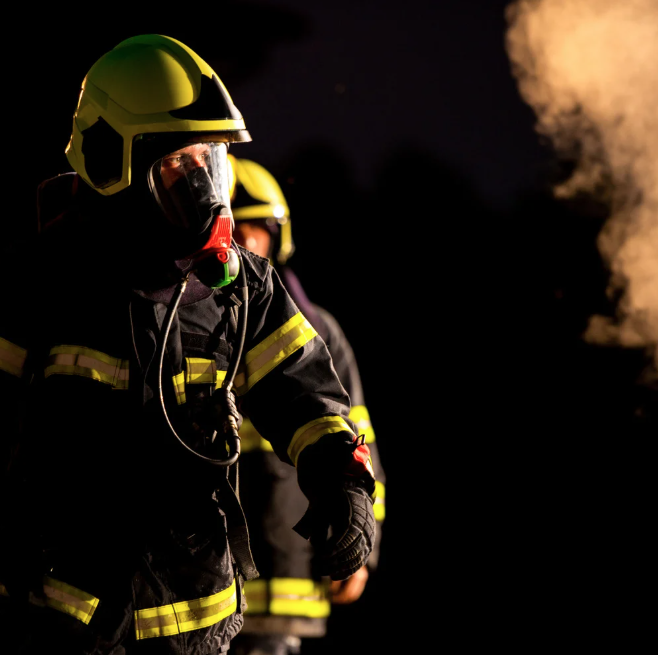
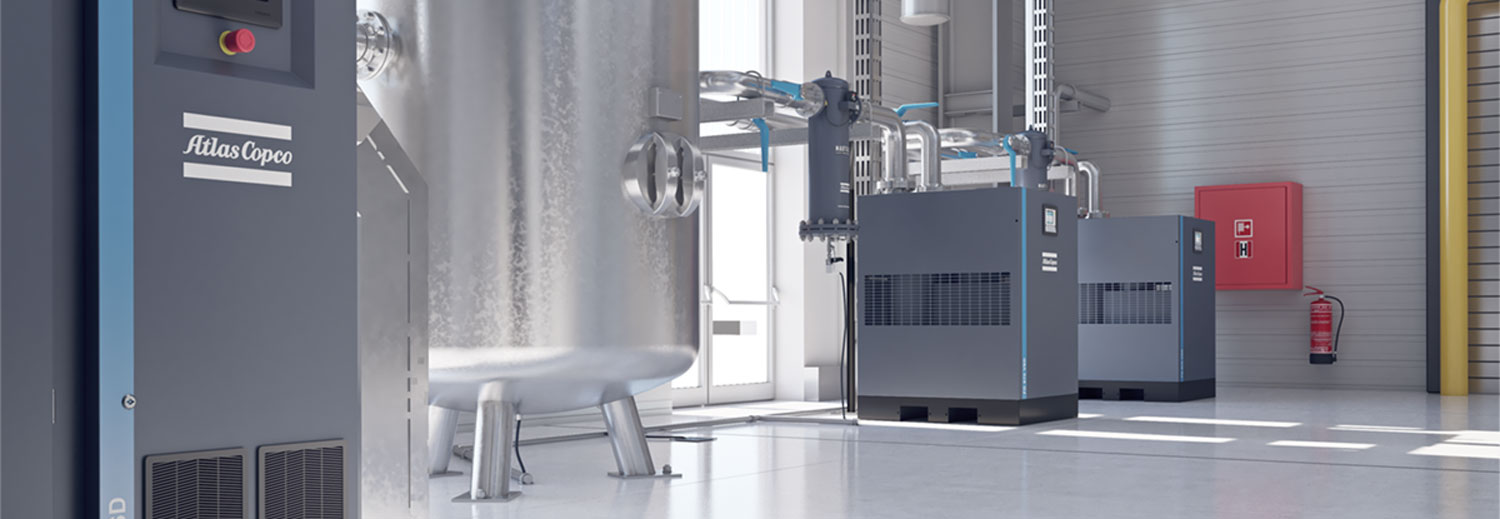
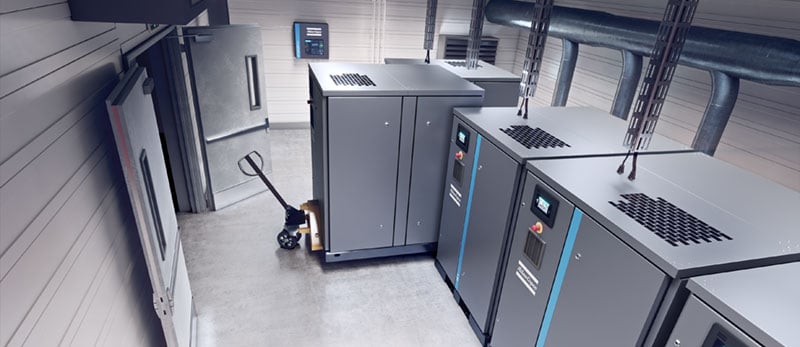
-original-80.jpg?width=800&height=359&name=ZD_SETUP_cam-009-(0-00-00-00)-original-80.jpg)
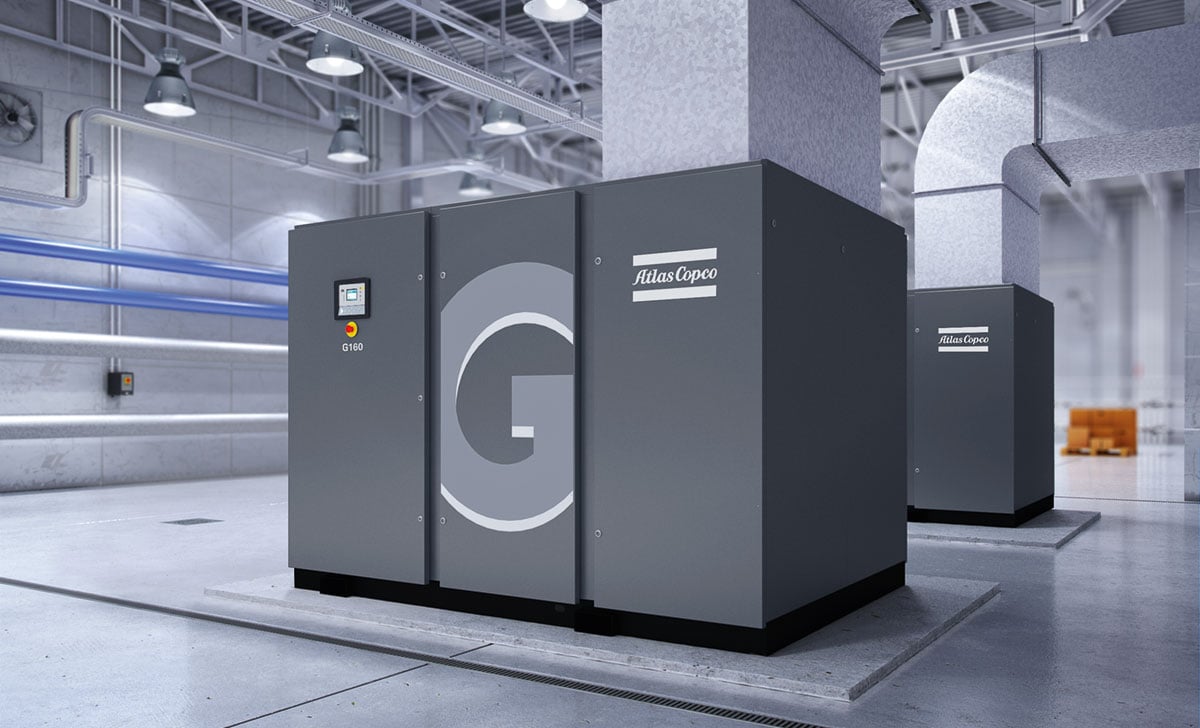
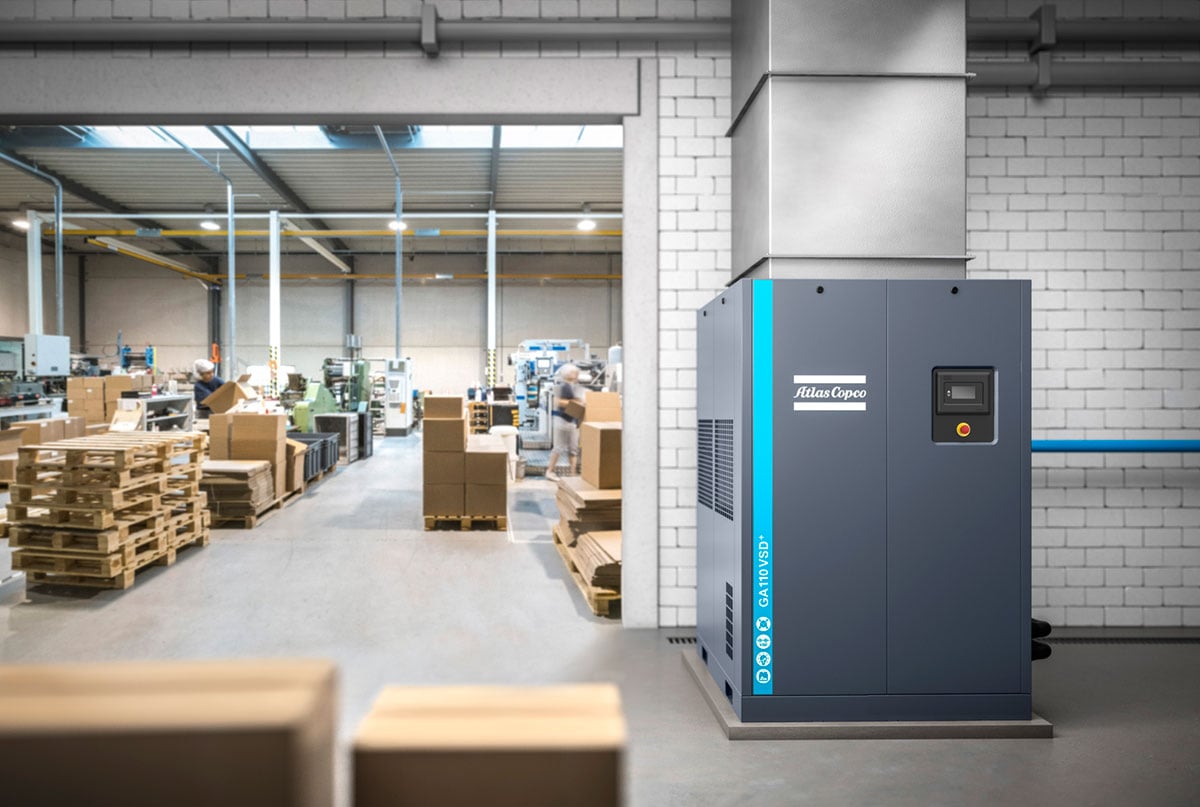

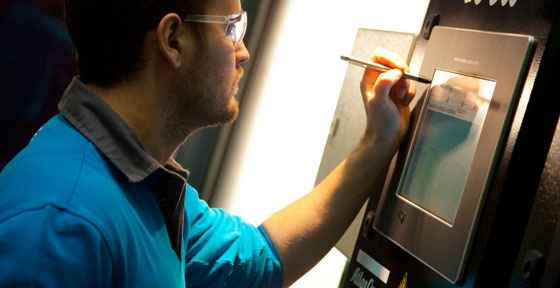
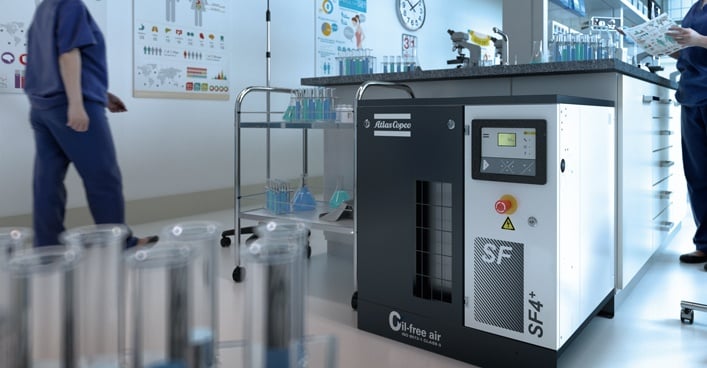

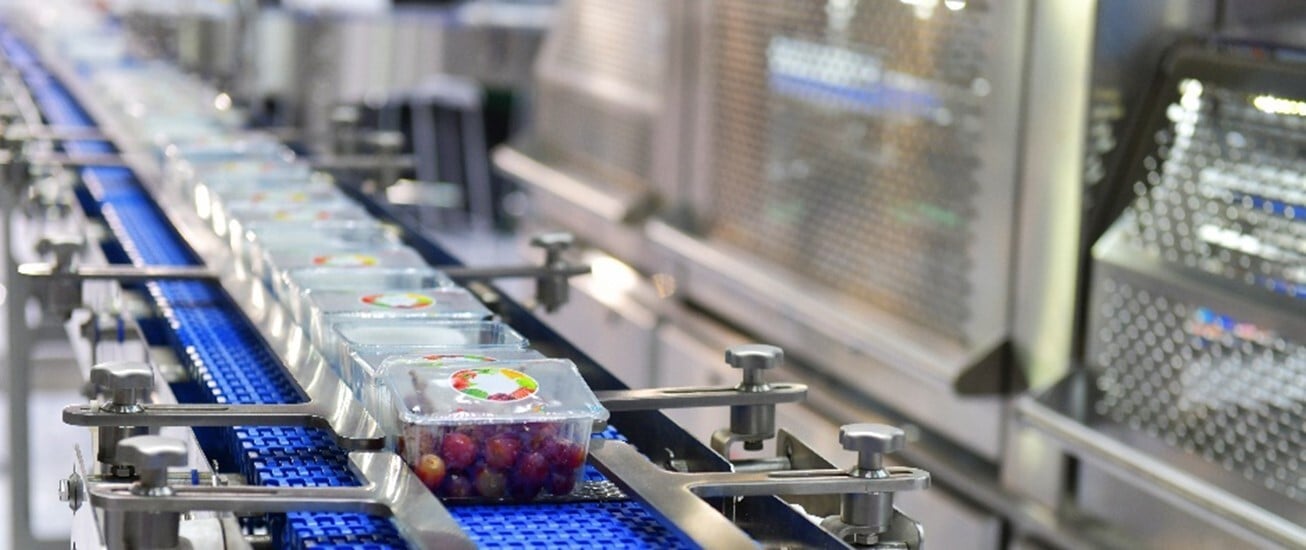
.png)
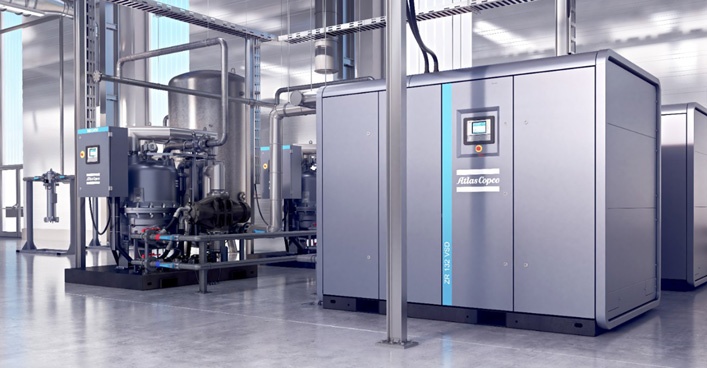

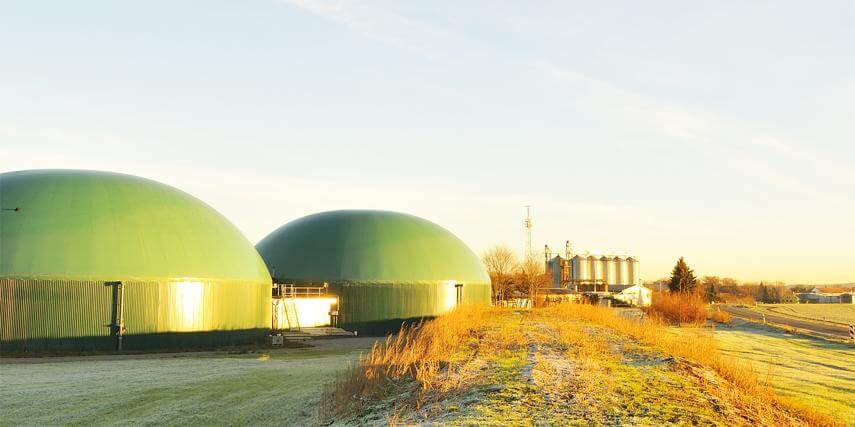
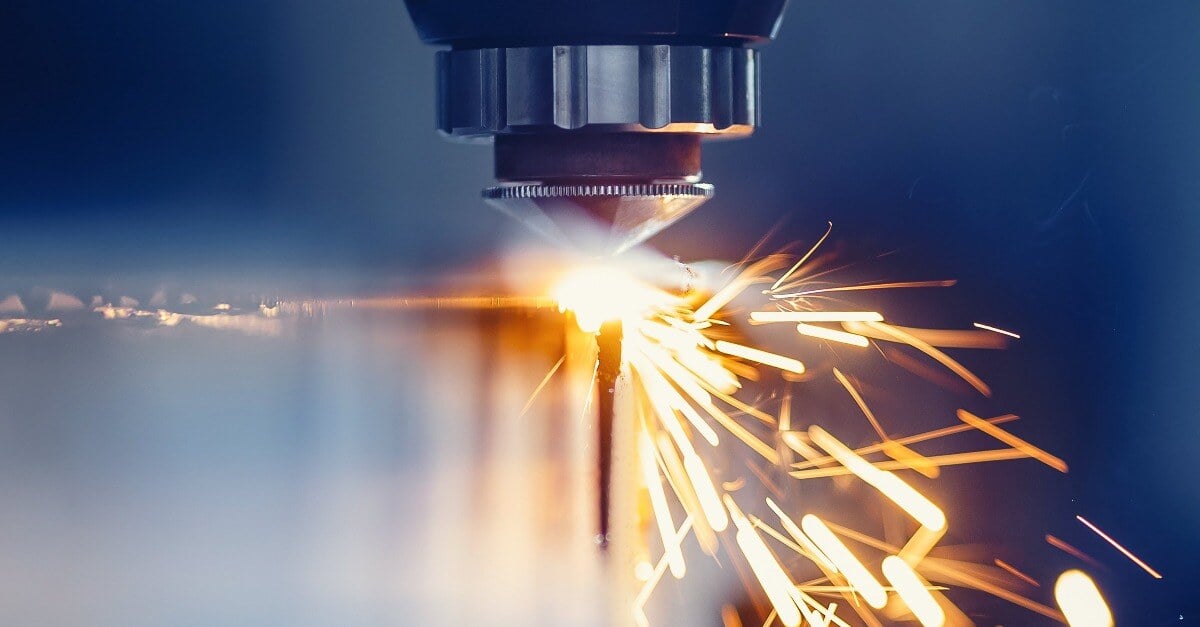
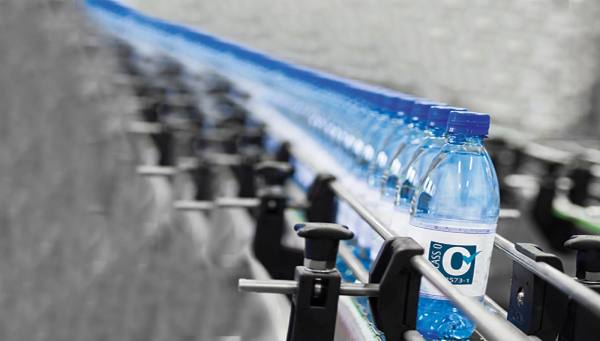
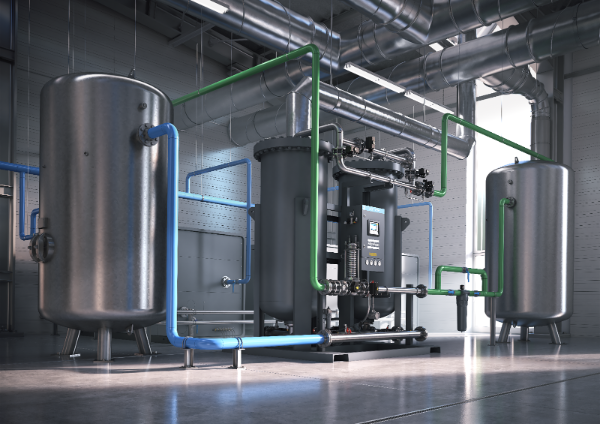
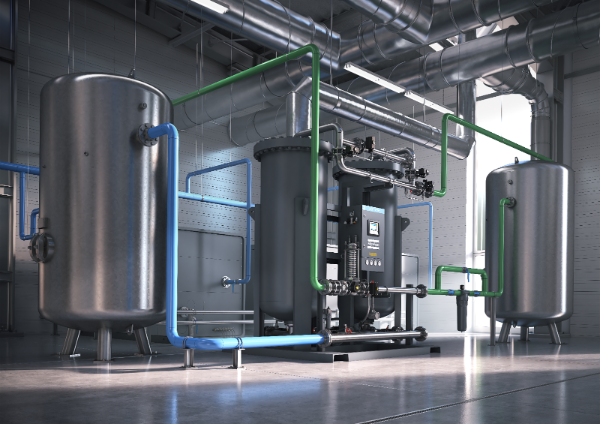
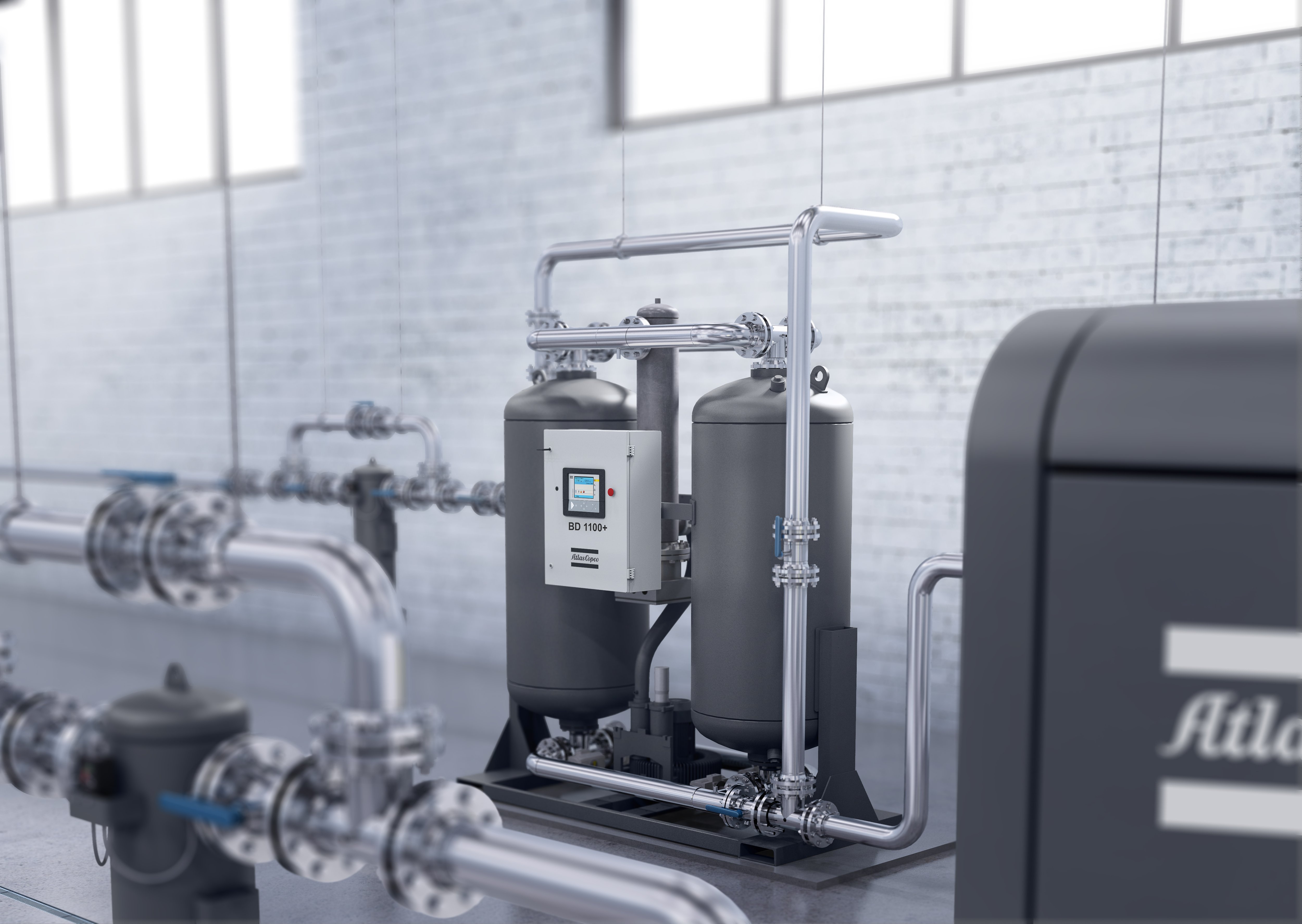

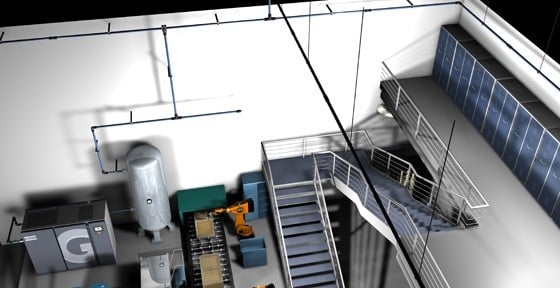
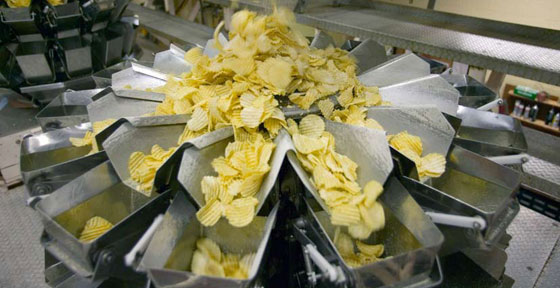
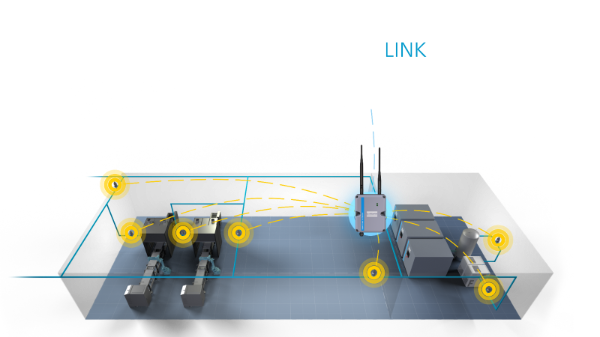
.png)
